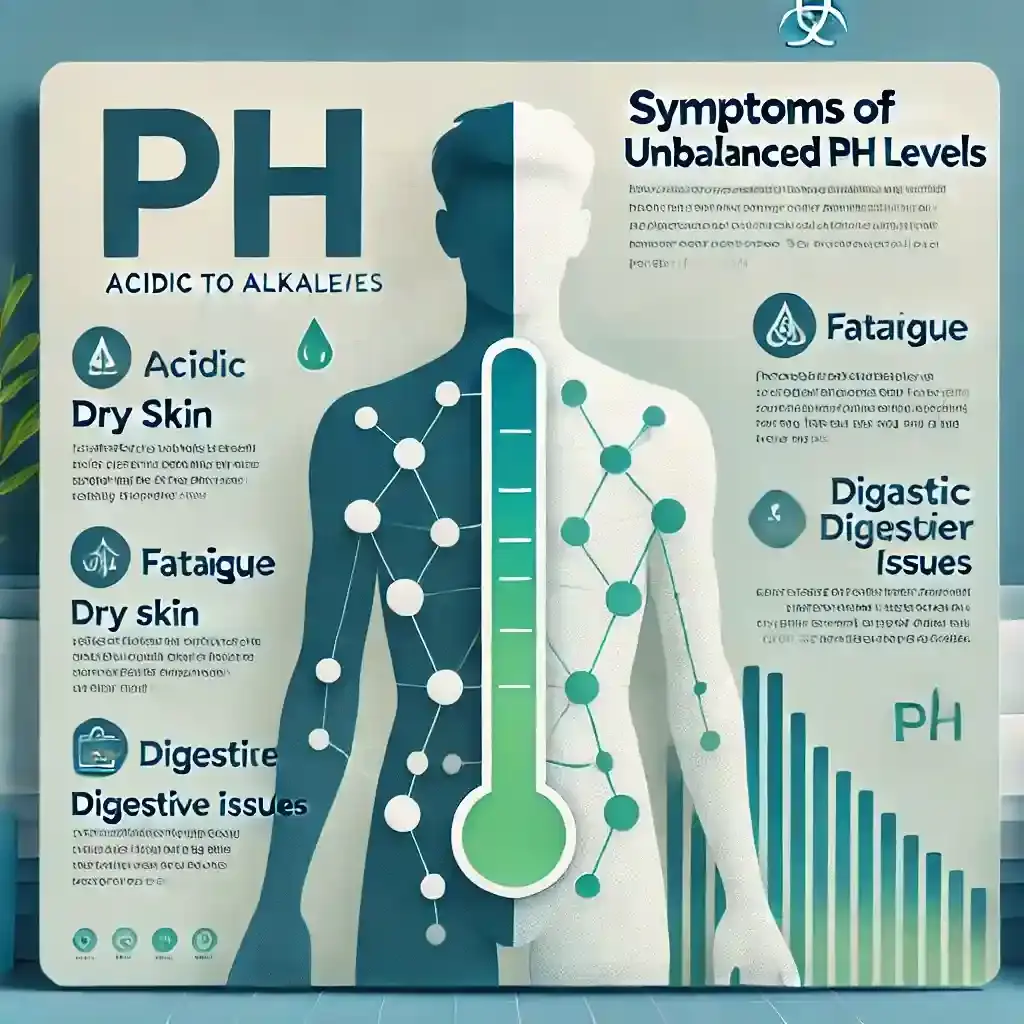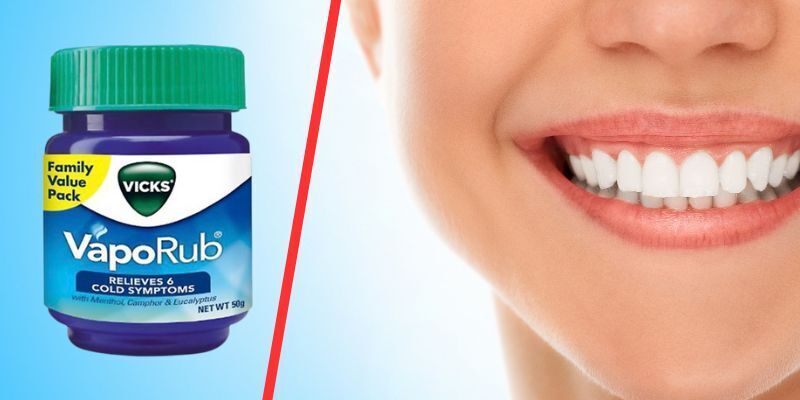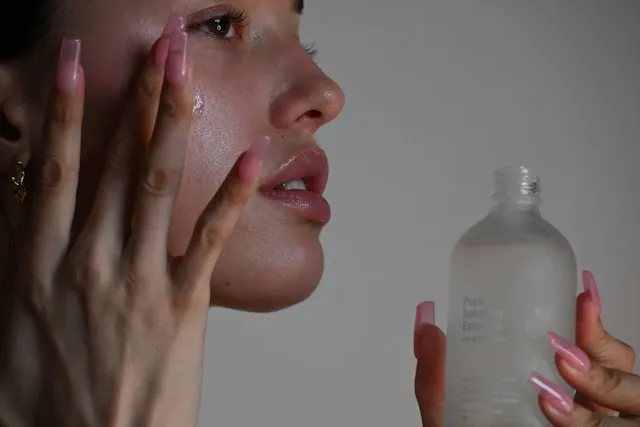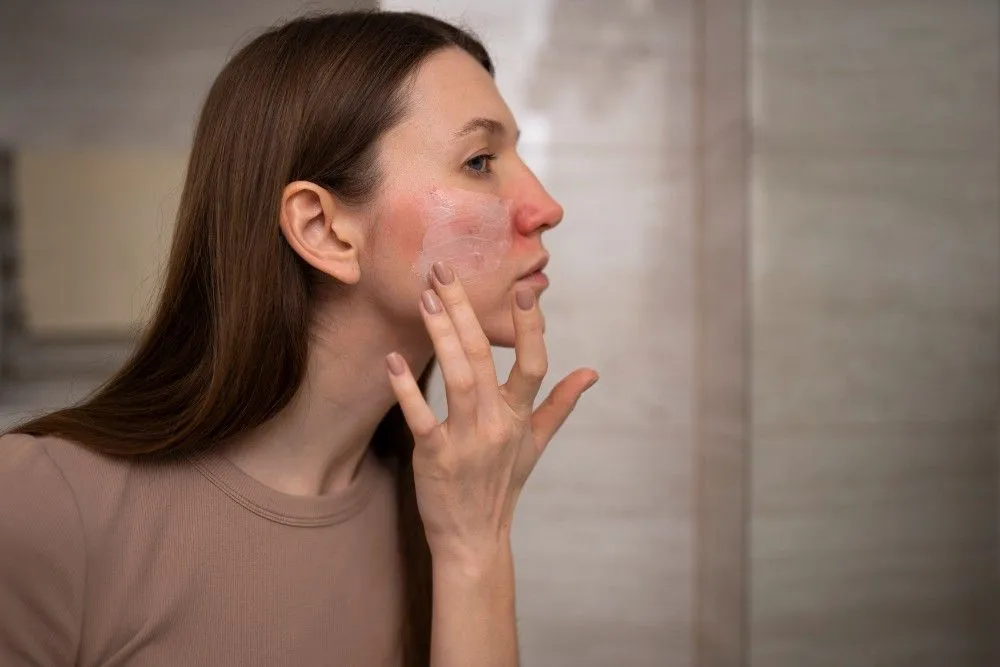|
Laser hair removal stings less than waxing but more than shaving. Pain fades with sessions, long-term results outlast both methods, making it a strong option for smoother skin. |
Why does smooth skin always seem tied to discomfort? Waxing pulls sharp, shaving leaves burns, and the big question lingers: Does laser hair removal hurt more than the others? People trade stories online, some calling it a rubber band snap, others saying it’s nothing compared to ripping wax strips.
Truth is, every method carries its own type of sting. The difference lies in how long the pain lasts and how often you face it. That’s what makes comparing laser hair removal vs waxing pain, and even shaving pain, so important.
Does Laser Hair Removal Hurt?
Yes, it does. But “hurt” is relative. Most people describe it not as unbearable pain but as a quick snap or pinch, similar to the feeling of a stretched rubber band against the skin.
Clinical studies (for instance, a rotational laser method) report modest discomfort levels (e.g., average pain ~2/4) in many patients, though subjective sensitivity varies widely.
-
Areas with more sensitive skin or dense hair tend to feel more stingy (like bikini, underarms, face)
-
Thicker, less nerve-dense regions (legs, arms) generally feel milder.
-
As treatments progress, many users report less pain over time as follicles thin and fewer active hairs remain.
So the short answer: yes, it has discomfort, but for most, it’s tolerable and usually short-lived.
What Is Waxing and How Painful Is It?
-
Waxing removes hair from the root, resulting in a sharp, sudden pain.
-
The sting is intense but very brief; soreness and post-wax bumps often linger.
-
Sensitive areas (underarms, bikini) are cited in many articles as the most painful zones for waxing.
-
Unlike a laser, the pain doesn’t tend to decrease over time; each session is fresh and unpredictable.
-
Side effects like ingrown hairs, redness, and irritation are common.
Recent dermatologic findings show a mean pain score of around 4.1 ± 0.8 (on a 0–9 scale) for trunk-area treatments, confirming that the sensation remains mild to moderate depending on region and laser settings.
What About Shaving? Is It Pain-Free?
Shaving is often sold as painless, but is it? In truth, shaving vs laser hair removal is about trade-offs. No snapping light, no strip pulling, but plenty of small irritations.
-
Nicks and cuts happen, especially on tricky spots.
-
Razor burn is common, with red, itchy patches.
-
Ingrown hairs cause frustration days later.
The actual act of shaving may feel easy. But the after-effects? Irritation, dryness, bumps. And because it only cuts hair at the surface, results vanish in a day or two. You repeat it constantly, which means recurring side effects.
Laser Hair Removal vs Waxing: Pain Comparison
Time for straight talk: waxing pain vs laser hair removal comes down to short bursts vs long-term management. Waxing is an intense yank. A laser is a series of stings.
Here’s a quick look:
|
Method |
Pain Description |
Duration of Pain |
Frequency |
Long-Term Effect |
|
Laser |
Snap / pinch + heat |
Minutes; mild lingering |
6–8 sessions + touch-ups |
Major reduction in hair |
|
Waxing |
Sharp pull/tearing |
Seconds; soreness after |
Every 3–4 weeks |
Temporary smoothness |
|
Shaving |
None during; irritation after |
Hours (burn) |
Daily/weekly |
Very short-lived |
In most comparative reviews, laser’s discomfort, though present, is considered less volatile and more manageable than waxing.
Laser Hair Removal vs Shaving: Pain Comparison
-
Shaving: low immediate pain, but recurring irritation.
-
Laser: small bursts of pain, but much less frequent treatment cycles.
Thus, a laser may bring a higher instant sensation than a good, careful shave, but over time, it spares the skin from ongoing micro-injuries.
Recent NIH-supported research (2024) involving 16,900 patients reported that the incidence of complications after laser hair removal was only 0.69%, highlighting the overall safety of the procedure.
Which Hurts More Overall? (Expert and User Insights)
Pain is subjective, but patterns emerge across many trusted sources:
-
Waxing is often ranked as the most painful of the three, intense but quick.
-
Shaving has the lowest acute pain but the highest chronic irritation.
-
Laser sits in between: short pinches, with the benefit of decreasing pain and fewer sessions.
Experts also note that device type matters
In her 2023 study on dermatologic procedures, Dr Sara Perkins noted that:
-
Nd: YAG lasers tend to score higher on pain scales.
-
Alexandrite, diode, and IPL devices may feel gentler on many skin/hair combinations
-
Cooling systems built into modern machines (contact cooling, air cooling, cryogen sprays) significantly reduce sensation.
Also, as users progress through sessions, sensitivity often diminishes. Many top pages reference this “pain fatigue” or “easing over time” phenomenon.
How to Make Laser Hair Removal Less Painful
Let’s be honest, no one likes that tiny sting. But you can make it much easier if you prep right. Most of the pain people feel is because the skin isn’t ready, or the laser settings aren’t adjusted for comfort. A few simple steps change everything.
1. Cooling Systems
Most clinics now use lasers with cooling tips that release cold air or touch-cooling right after every pulse. It’s like someone putting an ice cube on your skin each time. That quick chill makes the heat far more bearable.
2. Numbing Cream
Ask your technician for numbing cream before your session. It dulls the feeling for about an hour, so you only notice a light snap instead of a sting. Just don’t overdo it; professionals know the safe amount.
3. Before Your Session
A little prep helps more than people think.
-
Shave the area the night before, so the laser targets the follicle cleanly.
-
Skip caffeine that morning, as it makes you a bit more sensitive.
-
Avoid sun exposure for a few days; tanned skin can react more.
4. Aftercare
Once you’re done, keep the skin cool and calm. Use ice packs or aloe gel. Skip hot showers or workouts for a day. It’s all about letting the skin rest and recover quietly.
In short, the pain isn’t something you have to “tough out.” It’s more about being smart with prep and aftercare. Once you handle that, most people say the treatment feels easier than they expected.
Long-Term Benefits Beyond Pain
Pain goes away fast, but the smooth skin stays. That’s the real reason most people stick with laser. It’s not just about skipping razors, it’s about saving time and dealing with fewer skin issues in the long run.
1. Fewer Sessions, More Freedom
Most people finish around six to eight sessions and start seeing real change. After that, a touch-up once a year is enough. Compared to booking waxing appointments every few weeks, it’s a relief to finally stop planning around it.
2. Better Skin Health
Once you stop shaving and waxing, your skin calms down. No more angry red bumps or ingrown hairs. Lasers help the follicles rest instead of being pulled or scraped all the time. That means smoother texture and fewer breakouts in the treated areas.
3. Cost Over Time
At first, the laser sounds pricey. But think about the math, razors, blades, waxing, and aftercare stuff add up year after year. When you spread it out, laser ends up cheaper, especially if you’re maintaining several areas.
4. Confidence Factor
Smooth skin without constant upkeep does something for your mood. You get ready faster, wear what you want, and stop stressing about “oops, I forgot to shave.” People often say the confidence boost alone makes the mild discomfort worth it.
Recent surveys (2025) still show that many worry about pain before their first session. But once they try it, most admit it wasn’t bad at all, just a few short snaps for results that last for months, even years.
Final Thoughts
So, does laser hair removal hurt? Yes, a little. But it rarely compares with waxing’s sharp ripping pain, and though shaving feels gentler in the moment, its chronic irritation is real. Laser sits in the middle: short discomforts for long-term payoff.
With smart preparation, numbing agents, proper cooling, and a skilled technician, the experience becomes far more tolerable, and for many, absolutely worth it for smoother skin with less hassle.
Frequently Asked Questions
Can pain vary by laser type?
Yes. Studies in dermatology journals show Nd: YAG devices rate highest on the laser hair removal pain scale, 1–10, while diode lasers rate lower.
How painful is laser hair removal on the bikini area?
Because the skin is thinner and hair is coarser, pain scores often rise in the bikini zone. Many say it feels more intense than legs, but still manageable with numbing and cooling.
Does laser hair removal hurt on the face or underarms?
Yes, the underarms and upper lip are commonly cited as more sensitive. Cheeks, forehead, and other parts of the face tend to be milder.
Does laser hair removal hurt less than waxing?
Most users and clinics say yes. Waxing produces a sharp, sudden tug; laser delivers brief snapping sensations that become easier with repeated sessions.
What are pain relief tips for laser hair removal?
Use cooling, topical numbing cream, hydrate, avoid caffeine, test small areas first, ask for breaks, and follow aftercare.
-User-1754380331.png)
Reviewed by







